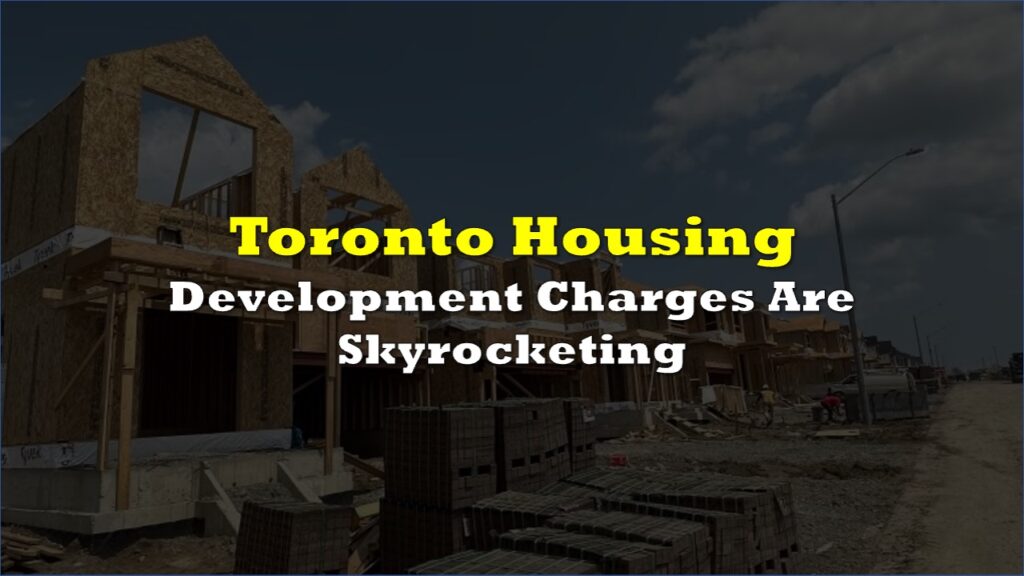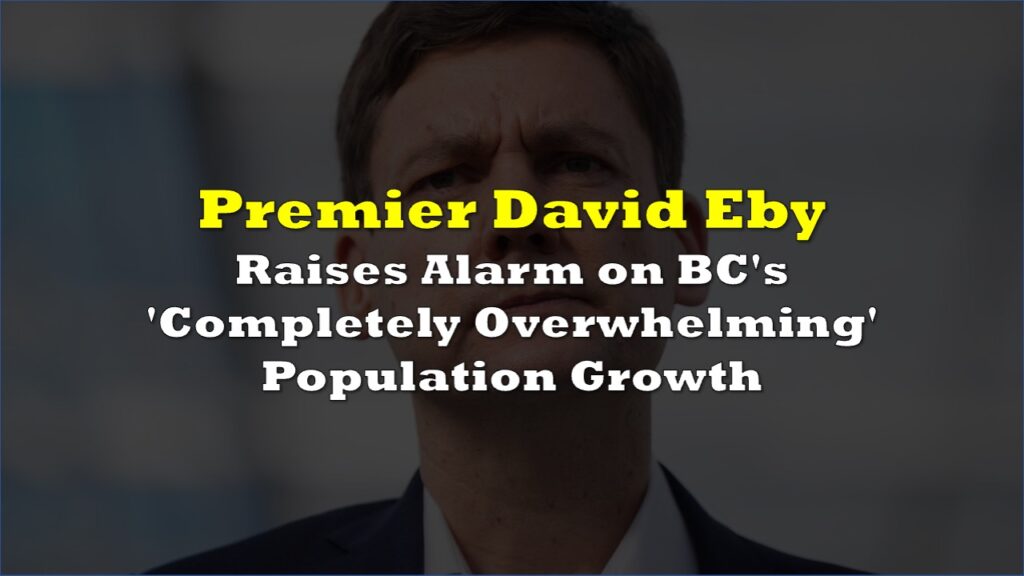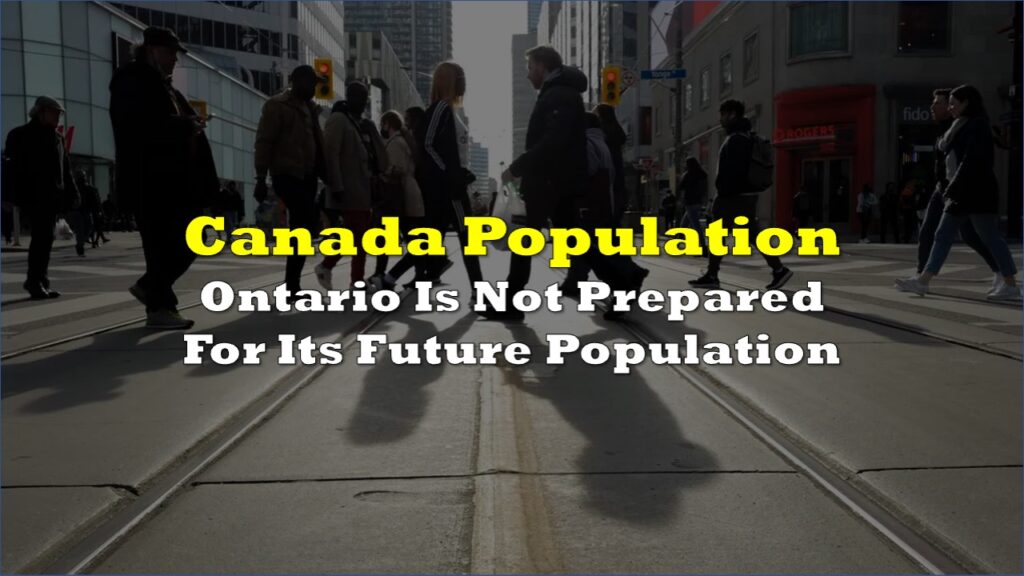With Canada’s population level hitting a new record-breaking high, the country’s housing supply could soon find itself in a crisis.
According to Statistics Canada, the country set a new record for population growth in the first quarter of 2023, thanks to the immigration strategies adopted by Prime Minister Justin Trudeau’s government designed to buffer against the economic consequences of an aging population.
During the first three months of the year, Canada’s population increased by 292,232 people, marking a growth rate of 0.7%. This surge resulted in a total population of 39,858,480 as of April 1, representing the highest rate of first-quarter growth since records began in 1972. Remarkably, immigration accounted for 98% of these gains.

This upward trend follows significant population increases throughout the previous year. In 2022, Canada’s population rose by 1 million for the first time in its history, matching the 2.7% annual growth rate of developing countries like Burkina Faso, Burundi, and Sudan. The first-quarter growth of 2023 further extends this momentum, with the 12-month rolling total of net international migrants, including permanent residents, reaching almost 1.2 million.
While the rapid population increase contributes additional labor to the economy and stimulates consumption, it also creates challenges. the population surge exacerbates housing shortages in key cities like Toronto and Vancouver— cities that are already grappling with out-of-control real estate prices and housing shortages.
Here is an example of how much home prices have gone up in #ldnont. Sold in 2012 for $278K, then almost exactly 9 years later for $620K, an increase of 123%. Likely sell for ~650K today. pic.twitter.com/3Ejq8fOuDL
— Dr. Mike P. Moffatt 🇨🇦🏅🏅 (@MikePMoffatt) July 3, 2023
In Ontario particularly, housing affordability has reached a crisis point, where both home prices and rents are some of the highest in the country. The province’s Housing Affordability Task Force argues the situation could only be alleviated with increased supply— to the tune of 1.5 million additional units over the next ten years.
Weekly 416 Active Listings look-in 🔎
— Scott Ingram REALTOR® (@areacode416) July 4, 2023
Big difference in Freehold (house) and Condo action in the last week.
Freeholds went ⬇️3.1% w/w (-66) and are sitting LOW for this time of year, and about 80 below last year's level. (Note: listings often ⬇️ around a long weekend) /1 pic.twitter.com/qex0SDI27W
However, erecting that many new homes for Canadian families is daunting task, particularly when builders are faced with bureaucratic backlogs across provincial and municipal agencies. In fact, about 70% of land zoned for housing in Toronto is restricted to single-detached or semi-detached units, which can only be rezoned after lengthly public consultation and amendments.
This is a very simple answer to a very major problem. It’s not perfect, but it would result in hundreds of thousands of more rental units in a very short time.
— Kendal Harazny (@khzny) July 3, 2023
We have 1500 units on hold until metrics get better. We would break ground on all of them immediately with this one… https://t.co/8owNUa7b1Y
According to RARE Real Estate Director of Economic Research Daniel Foch, if Ontario doesn’t rapidly start prioritizing the construction of new dwellings, the housing crisis will become even more exasperated. “Assuming all population growth falls into the average household size of 2.6 – we’d need roughly 192,000 homes to manage last year’s population growth of 500,000+,” he wrote in a tweet. “Instead, 71,838 homes were built – about 37% of the required amount, leaving a shortfall of about 120,000 homes.”
Ontario's housing supply shortfall:
— Daniel Foch (@daniel_foch) July 2, 2023
I re-contextualized the chart that has been floating around about Ontario's housing supply shortfall (not sure who made it – original in thread)
Assuming all population growth falls into the average household size of 2.6 – we'd need roughly… pic.twitter.com/AvLmbZCdwg
Information for this briefing was found via Statistics Canada and the sources mentioned. The author has no securities or affiliations related to this organization. Not a recommendation to buy or sell. Always do additional research and consult a professional before purchasing a security. The author holds no licenses.









